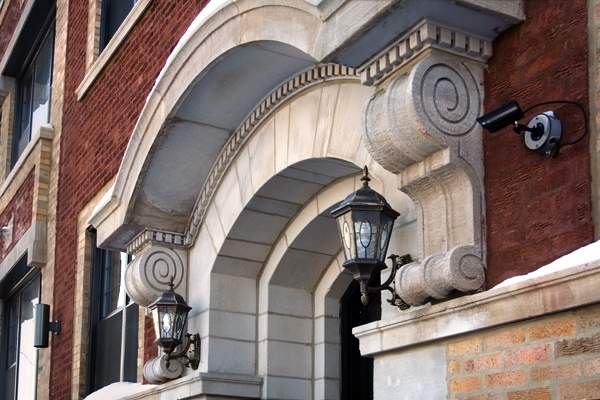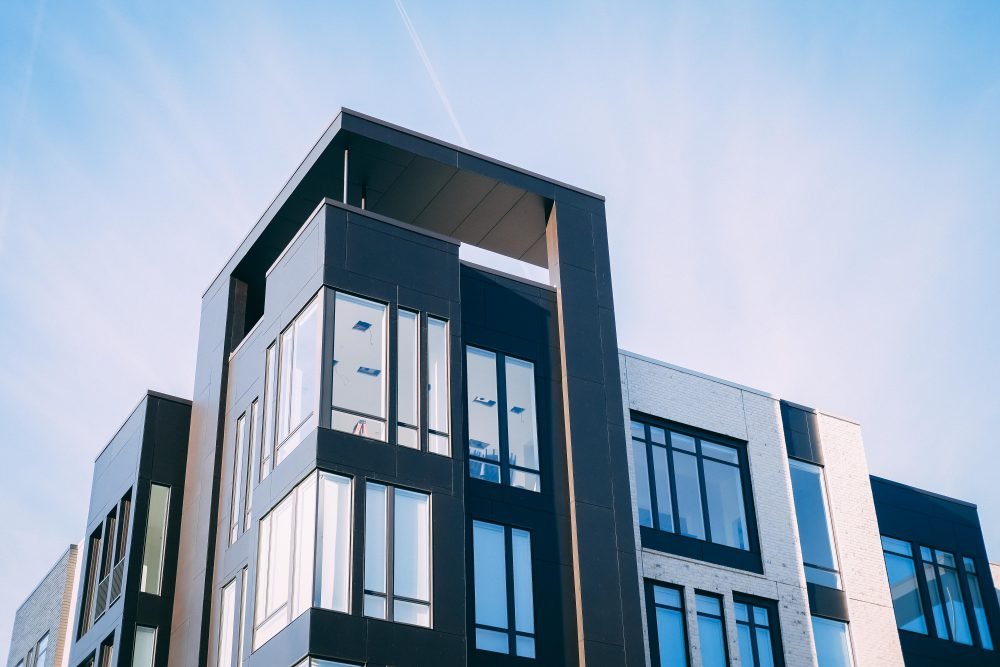05.13.19
Successful Value-Add Investing Is More Than A Quick Renovation

Many investors pursue opportunities in commercial real estate to complement their traditional stocks and bonds portfolios. Newer investors would be wise to stick with lower risk property types. In commercial real estate, these properties are referred to as core and core plus properties, which are inherently lower-risk profiles and produce stable cash flows.
Seasoned investors looking for bigger returns will seek “value-add” properties. Value-add properties have much bigger risk profiles and can produce significantly better returns. Investors seeking value-add properties need to avoid some common pitfalls on value-add deals so they can maximize their returns post-renovation and at disposition.
Renovation vs Redevelopment
The terms renovation and redevelopment are often used interchangeably when discussing commercial real estate investments. However, these terms do not have the same meaning. In the world of value-add investing, renovations are a part of a redevelopment.
Let me explain: a common mistake for inexperienced investors getting into their first value add deals is the belief that value-add projects are “just a little more difficult” than core plus deals they’ve done. They are not. A core plus deal is fundamentally sound but offers a strategic opportunity to increase the net operating income.
In a core plus deal, there’s generally one or two key things missing to bring the overall asset back to market rate functionality. All other aspects of the property are at or beyond market standards. For whatever reason, the prior ownership did not see the need to address these few key areas of value that another core-plus investor may see.
Successful value-add projects are more than renovations, they are redevelopments. Redevelopments are comprehensive improvements to multiple aspects of the property’s existing operations. Redevelopments incorporate renovations in conjunction with operational upgrades to create a much greater whole.
Notable redevelopment projects encompass most, if not all, of the following areas:
- Renovations: providing amenity area(s), renovating units, improving entryways, upgrading landscaping, repairing deferred maintenance items, etc.
- Operations: enhancing tenant experience, building communities, addressing work orders, etc.
- Leasing: creating a lease-up strategy, revamping the website, modifying marketing efforts, supplement training for lease staff, etc.
- IT: ensuring internet connectivity within units and strong wi-fi access in common areas
Investors diving into a value-add property that do not adopt a “redevelopment mentality” will not perform nearly as well as investors that assess all the key components of the building to transform the asset and bring an updated and exciting property on the market.
